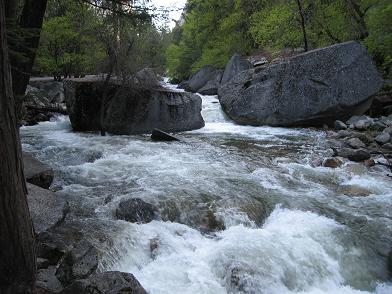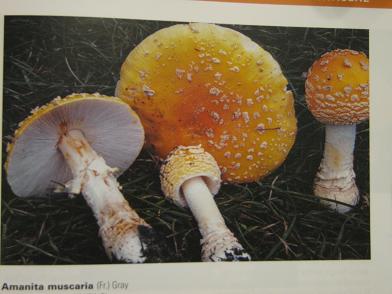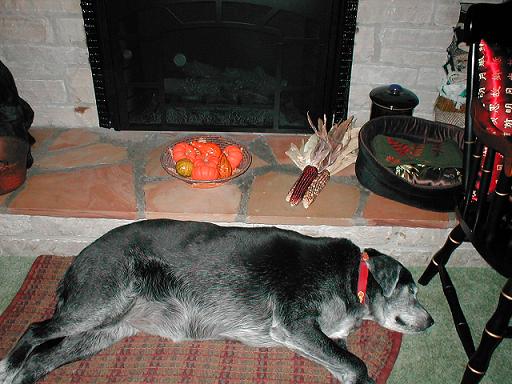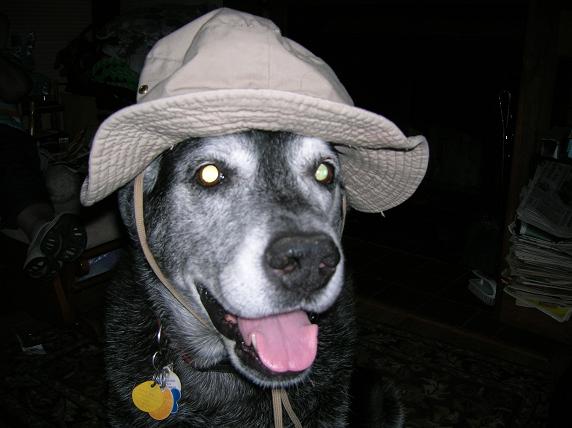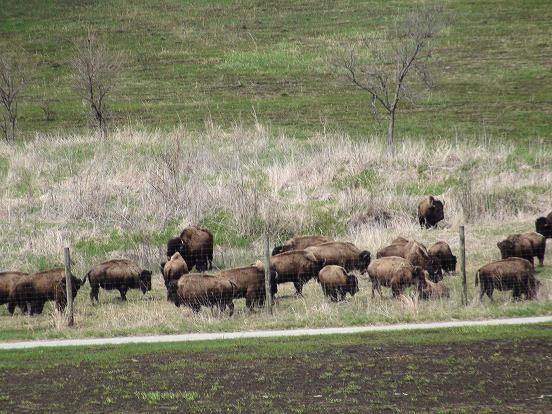We have an old folk saying1 that when the month of March comes in like a lion it goes out like a lamb.2 This means that if the weather is cold and stormy at the beginning of March, it will improve3 and be mild4 and gentle5 at the end of March. That was NOT what happened this year.
March in Iowa began as a cold and snowy month. We no sooner managed6 to get the drives7 and walks8 clear of snow than the worst ice storm in fifty years struck9.10 Ice formed all over the branches of trees, causing such a heavy weight that the branches started cracking11 and falling off.12 For a solid13 24 hours we heard the constant crack14 of branches breaking and then falling from the trees. We were afraid that the ice on the power lines15 would cause them to break, resulting in our loss of electrical power16. When our power went out, we turned out to be fortunate. We have a big electric pole in front of our house, and the linemen17 were able to repair things quickly; thus we were without power for only about 30 minutes. Some friends of ours in the country were without power for an hour and a half. When their power went off18, they were using their computer and the hard drive19 crashed20. They lost all of their data21 and have had to replace22 the hard drive.
Still other people living in the country23 were without power for as long as a week. We really felt sorry for them. Many of them were farmers who had baby pigs that needed heat. Fortunately many of them owned gasoline powered generators24. Others made hurried trips to hardware stores25 and purchased generators if they could. (Most hardware stores ran out of generators during the first day.)
By the time the storm ended, our back yard looked like a war zone26. Our big old elm tree27 (probably over 75 years old) lost so many critical28 branches that we will may have to have it cut down this spring. We would hate that because it has been a nice old tree that provided a home for many of our back yard squirrels29. Our pine tree30 also lost many branches, but it is only about 30 years old, young and healthy enough that it will be ok. It took Don, our son Jim, and a college student a long time to finally clear31 and stack32 the branches. The city had two special days when workers in trucks came by homes and picked up the branches the homeowners had stacked in front. The town is looking better now, but the damage is still evident33.
Well, April arrived on the weekend. The weather turned warmer, but it brought a strong wind and heavy rain with it. We were under a tornado watch34 in our area for most of Saturday. There was some bad wind damage in the Des Moines area (about 40 miles from here), but fortunately no tornado was reported in our part of the state. Tornados are real weather “lions” 35!
This week we are to have cold weather again with temperatures below freezing36 every night. That will be destructive37 to the early spring flowers that have been appearing. People will either have to cover them or lose them. So, here it is April, but our March-like “lionish38” weather remains.
Notes:
1. an old folk saying: an old well-known short statement that expresses an idea most ordinary people believe is true and wise (民间老话).
2. We have an old folk saying that when the month of March comes in like a lion it goes out like a lamb: 我们(这儿)有民间老话说,三月天气来时像狮子,走时像羔羊。Here a lion symbolizes terrible weather, cold and stormy, and a lamb mild and gentle weather.
3. improve: get better, as in weather conditions without storms or extreme heat or cold.
4. mild: (in weather) neither very cold or very hot (温和).
5. gentle: (in weather) very favorable, normal for the season [非常舒适、正常(的天气)].
6. manage to do something表示succeed in doing something that one doesn’t really want to do (勉强做好某事).
7. drives: driveways into the garage from the street (通往车库的车道).
8. walks: sidewalks in front of homes or leading to the doors of a home or building (房屋、建筑物等前面的人行道). In most cities it is the law that these pedestrian walkways must be cleared of ice and snow within 24 hours of a snow or ice storm.
9. strike (struck, struck): If something bad strikes, it suddenly happens or suddenly begins to affect someone (袭击、来临).
10. We no sooner managed to get the drives and walks clear of snow than the worst ice storm in fifty years struck: 我们刚勉强清理好车道和人行道上的雪,五十年一遇的最糟糕的冰雪天气就来临了。“…no sooner… than…”用来连接两个句子,表示“刚……就……”。
11. cracking: beginning to break by cracking of the wood.
12. Ice formed all over the branches of trees, causing such a heavy weight that the branches started cracking and falling off.: 树枝上结满了冰,分量很重,结果树枝开始断裂并掉下来。
13. solid: continuing without interruption (不中断的,连续的).
14. constant crack: 一直不断的断裂声。此处crack是名词。
15. power lines: the wire lines which carry electricity from the source to residential areas (输电线).
16. electrical power: energy in the form of electrical current which is used in homes for light, etc. (电、电能).
17. linemen: people whose job is to take care of power lines, railway lines or telephone wires or (输电线路工,养路工,线务员).
18. When the power went off: 当停电时。此处go off表示stop working。
19. hard drive: the part of the computer which stores all data (计算机硬盘).
20. crashed: suddenly stopped working (突然坏了).
21. data: the items in document or picture form which are stored in a computer or on a disk (存在计算机硬盘里的数据资料).
22. replace: remove damaged hard drive and install a new one (取代、换一个新的).
23. in the country: in a rural area (在农村).
24. gasoline powered generators: machines which produce electricity by using gasoline (汽油发电机).
25. hardware stores: commercial shops which sell all sorts of equipment including electrical supplies and appliances such as generators (卖五金制品、金属器件的商店).
26. a war zone: a place or area in which battles of war have been occurring; a badly damaged place (遭受严重破坏的地方).
27. elm tree: a large, woody plant of the genus Ulmus, native to most areas of the temperate areas of the world (榆树,适合在温带地区生长).
28. critical: important to the health and well being of something or someone (至关重要的).
29. squirrels: small red-brown tree dwelling rodents which have a bushy tail (松鼠).
30. pine tree: a large, coniferous tree of the genus Pinus which has needle like leaves (松树).
31. clear: pick up something where it does not belong (清理); as fallen branches from trees. Branches had to be removed before spring came and grass was to be mowed.
32. stack: place one on another in a pile (堆放).
33. damage: the injury suffered by someone or something (损伤、损害).
34. evident: easily seen or detected (清楚的,显然的).
35. tornado watch: a weather term used by weather forecasters meaning that there is a possible storm forming in a given area, and that the inhabitants should be prepared for it (密切关注龙卷风,气象用语).
36. weather lions: dangerous weather conditions (危险的天气状况).
37. below freezing: below freezing point (冰点以下).
38.destructive: harmful or causing damage (具有破坏性的).
39. lionish: harmful, destructive, unpleasant; as in weather (有害的,恶劣的).
